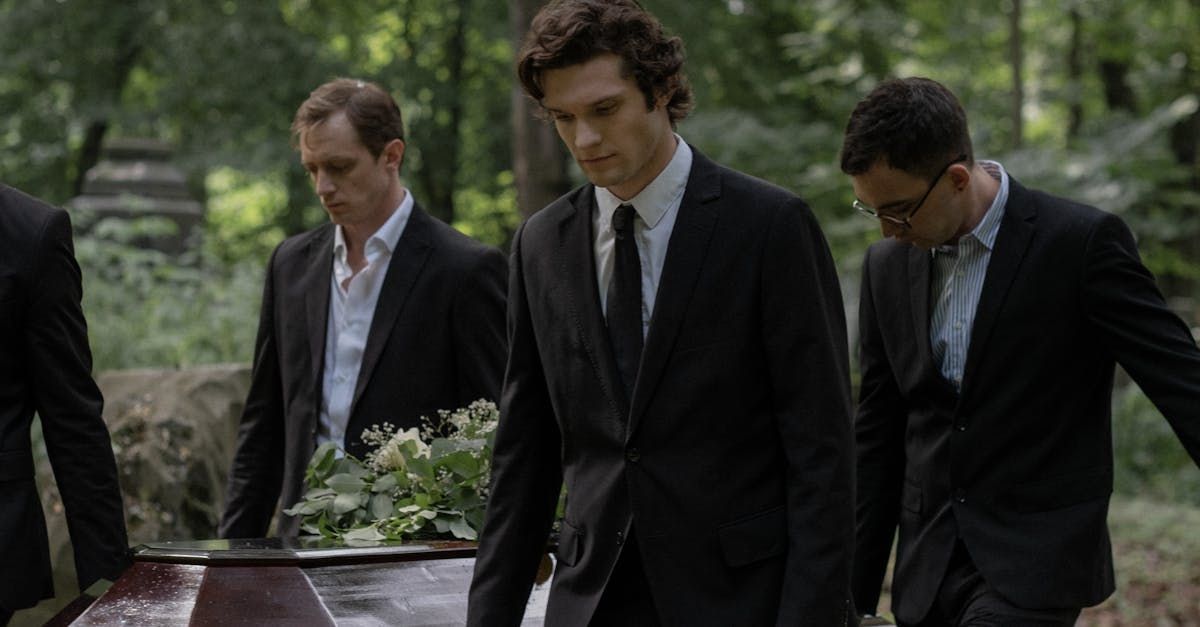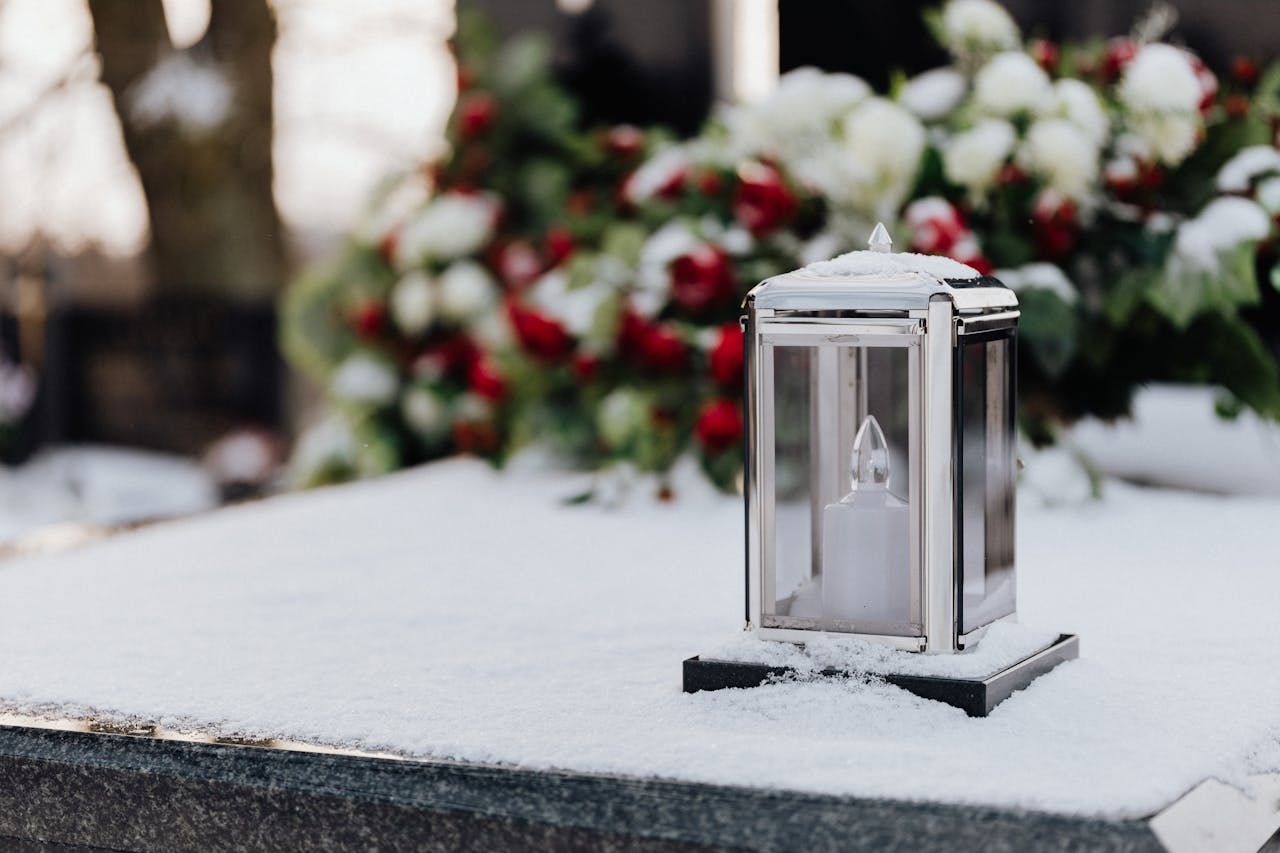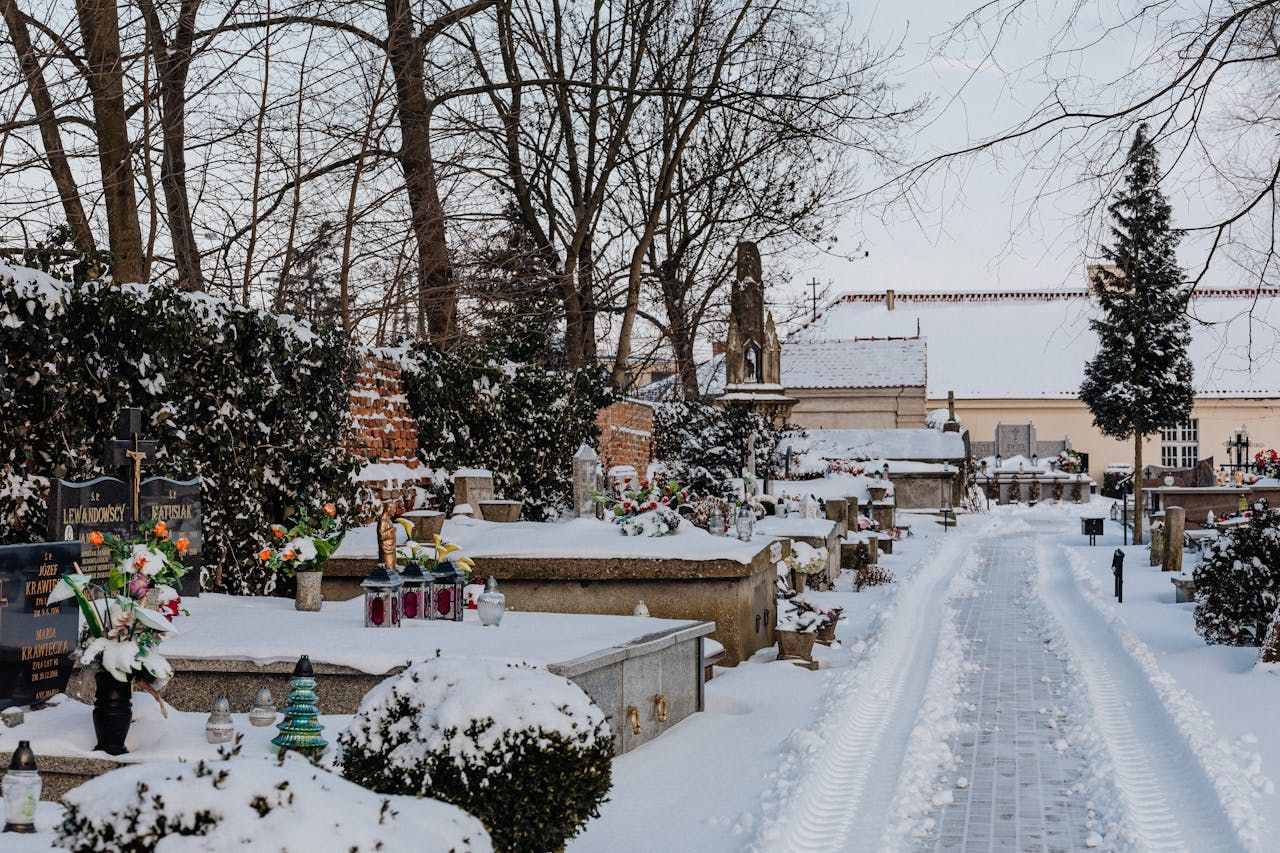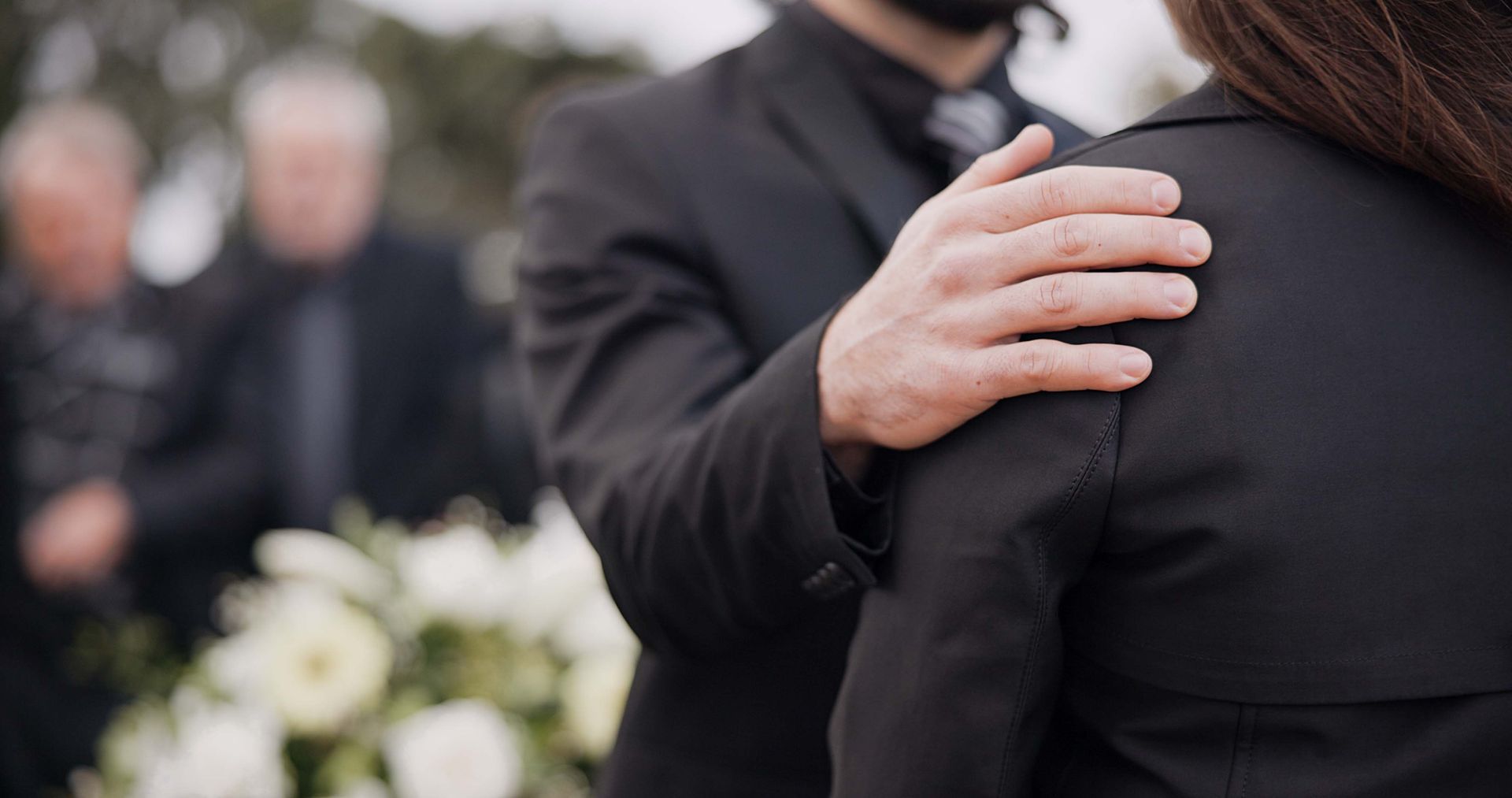Traditional British Funerals: Customs That Are Alive & Well

Funeral rituals vary between cultures, some dating back centuries. Even in the UK, traditional funeral services incorporate customs dating back as far as the Victorian era, when societal codes directing the celebration of life and mourning of a loss were very strict. Today, we have much more latitude in planning funerals, but incorporating some traditional rituals can help us feel connected to the past, celebrating our heritage as we remember our loved one.
Observing Tradition Begins with the Funeral Announcement
Announcing a death in the newspaper is a long-respected custom in the UK. This announcement typically includes the funeral details, so that people who live far away can make arrangements to be present or send flowers. Unless the family requests a private funeral, funerals in the UK are open to the public.
The Tradition of Black Clothing Is Ages Old
Did you know that wearing black clothing to a funeral is a tradition that began in the Elizabethan era? It had some earlier precedence, but the first Queen Elizabeth’s funeral solidified its use as the appropriate colour for mourning. Her body was accompanied to Westminster Abbey by black-clad statesmen, and even the horses were draped in black velvet. In the Victorian era, widows were expected to dress in black for two years, but when Prince Albert died, Queen Victoria chose to wear black for the next four decades.
There is no prescribed length of time for mourning clothes now, but most people still wear black clothing to funerals, with men often choosing to wear suits. Today, though, there is some latitude. Some people ask that their funeral guests dress in other colours instead of black, particularly when it’s a child’s funeral. If you are in doubt, ask someone close to the family for guidance, so that you can respect their wishes. Most of the time, wearing black is appropriate.
Funeral Processions Are Traditional
Funeral processions are a tradition that predates the UK. Ancient processions were typically headed by a spiritual leader and populated with mourners, some hired. British funeral processions today are led by the hearse containing the coffin and funeral flowers, followed by a car or limousine transporting the immediate family members of the person who has died.
However, some people choose to follow an older funeral ritual, in which the procession was led by the funeral director, walking in front of the hearse. This was the custom when hearses were horse-drawn, and walking in front of the hearse allowed people to stop and pay their respects as the procession went by.
Today, the funeral director can walk in front of the hearse a short distance and then get in, or a horse-drawn hearse can be used, in the traditional way. Even when the hearse is a motor vehicle though, people tend to stop as it goes by, out of respect.The Ancient Custom of Funeral Flowers
The use of funeral flowers predates modern history, and flowers have been found at burial sites dating back to 62,000 BC. In ancient civilisations, they played a practical role, disguising odours. Today, flowers represent continuation of life, and the most traditional funeral flower in the UK is the white lily, a flower that symbolises sympathy, purity, and the restoration of the innocence of the soul. However, any flowers can be chosen. Some people choose a favourite flower of the person who has died, and carnations are also popular, because their diverse colours have different meanings.
Burials and Cremation
Ancient civilisations practised cremation, but the advent of Christianity caused the practice to fall out of favour, seen as a pagan practise, and for hundreds of years it was not performed in the UK. By the end of the 19th century, however, cremation began to seem like a very practical option. Funerals were expensive and burial grounds were overcrowded, and while it took some time for cremation to become legal, it was put into law in 1902.
In 1963, the Pope lifted a ban on Catholic cremation, and today,72 percent of funerals in the UK involve cremation. When burial is chosen, it is traditional for soil to be thrown onto the coffin as it is lowered into the ground, typically by the funeral director. Sometimes, family members carry out this custom instead, throwing not only soil but also flowers and personal items, as symbols of love and remembrance. Today, there is a rising trend towards woodland burials , which could be seen as the most ancient tradition of all, returning a body to the earth.
Reinventing the Wake
It has long been customary in the UK to hold a wake after the funeral. A wake is a celebration of the life of the person who has died, held either at the family home or at a local pub or hotel. People eat, drink, and tell stories about the person they have lost, sharing fond memories and bonding over a shared love of the person. Today, many people choose to forgo a funeral service and instead have a celebration of life, resembling a wake, at a later date.
Embracing Tradition with an Eye to the Future
Founded in 2002 by Nigel Gillard, Bridgwater Funeral Services Limited , in the centre of Bridgwater, Somerset, is a family business that provides personal service 24 hours a day, 7 days a week. Traditions both old and modern are honoured here, with Green and Woodland burials, horse-drawn funerals, military funerals, and services in all religious denominations as well as non-religious and humanist life celebrations. We also offer low-cost funerals and Golden Charter pre-paid funeral plans. If you have queries about the services we offer, call us at 01278 457755 , pop into our office on Bristol Road, or contact us through our website.


